Birthday Sessions in Portland and “The Great James Robbery”
The relatively obscure Birthday Sessions (late April 1953 and ‘54) were recorded at McElroy’s Ballroom in Portland, Oregon during a series of dates celebrating Duke’s birthday (April 29th). They captured the high excitement of Ellington’s Famous Orchestra in performance during an era of mostly dreary studio albums.
4) Portland Birthday Sessions – Sophisticated Lady & VIP’s Boogie.mp3
The sudden departure in 1951 of three longstanding Ellington comrades was a shock. Going their own ways were Johnny Hodges, trombonist Lawrence Brown (a veteran of nearly two decades) and drummer Sonny Greer who had been with him for 30 years.
Ellington rebounded quickly, raiding the orchestra of Harry James. In what the music press labeled “The Great James Robbery,” he purloined alto saxophonist Willie Smith and energetic young drummer Louie Bellson, a veteran of the Dorsey and Goodman bands.
Duke rehired valve trombone player Juan Tizol (1900-1984). Born in Puerto Rico, he was considered the most highly skilled musician in the band by his peers. Formerly with the orchestra from 1929 to 1944, Tizol was co-composer with Duke of “Caravan”and “Conga Brava.”
On the Portland roster were outstanding reed players Russell Procope, Jimmy Hamilton, Paul Gonsalves and Harry Carney. The brass section featured trumpeters Clark Terry, Ray Nance and high-note specialist Cat Anderson with trombone players Juan Tizol, Quentin Jackson and Britt Woodman — seen in the Three Kings promotional ad below.
Caravan – Portland Birthday Sessions.mp3
Conga Brava – Fargo 1940.mp3
“Floorshow” Ray Nance
For 23 years Ray Nance (1913-1976) filled several roles for Ellington. A fine trumpet player and jazz violinist, the diminutive musician and over-sized stage personality was an accomplished dancer, beguiling singer and all-around showman. An audience favorite, his crowd-pleasing antics garnered him long minutes of thunderous applause, numerous encores and the nickname ‘Floorshow.’
Nance was one of the most popular singers Duke ever presented. The Birthday Sessions vividly illustrate that by the 1950s Ray was a show-stopping entertainer and world-class ham. Note his intriguing amplified violin tone and attack in “Lay By,” a coy duet with Duke in Paris 1963.
5) Ray Nance A – Just Squeeze Me & Lay By.mp3
6) Ray Nance B – Tulip or Turnip & Basin Street Blues.mp3
Painting on a Broader Canvas
An accurate picture of the orchestra’s concertizing cannot omit Ellington’s extended suites and tone poems. By the late 1930s his composing and concertizing had moved well beyond the conventions of Jazz and Swing. He strove to find broader horizons for expression, attempting to build his music into larger traditions. Nonetheless, he always left room in his scores for improvised elements –brilliant soloing, collectively devised head arrangements or spirited call and response.
Ellington composed numerous extended works and narrative suites: “Harlem,” “Reminiscing in Tempo,’” “Liberian Suite,” “Deep South Suite,” “Suite Thursday,” “Such Sweet Thunder” and “Far East Suite.” He mounted three Sacred Concerts (1965, 1968, 1973) which he called “the most important thing I have ever done.”
The ambitious 45:00-minute tone poem “Black, Brown and Beige” was a three-movement suite for jazz orchestra. He presented it nearly complete on just one occasion in 1943 at Carnegie Hall, accompanied by 29 pages of narrative text tracing “the history of the Negro in America” from slavery to modern times. The unorthodox format confused his fans and critics. Later, the segment “Black” was performed at the White House in June 1965.
7) Extended Work – excerpts from Brown – Carnegie 1943.mp3
Music Beyond Category
Duke Ellington and his Famous Orchestra were beyond category for musical range, invention and depth of expression. Aside from his monumental studio discography, the vivid live recordings comprise a massive alternate body of work offering an intimate perspective of this ensemble at its most inspired.
Ellington loved to travel, and the orchestra loved performing. They may have toured further, longer, more often and more widely than any other band of the era. The live performances highlight their broad range — from lively dance beats for delighting the jitterbugs to Duke’s nuanced tone poems.
Hosted by a charismatic and urbane master of ceremonies, on-stage performances of The Famous Orchestra were electric with excitement, spontaneity and confidence. Edward Kennedy “Duke” Ellington was skilled at bonding with listeners and audiences, quietly drawing us into his inner circle with modest flattery, summed up in the catch phrase “We do love you madly.”
Closing Number: Rockin’ in Rhythm
This was one of Ellington’s many theme songs over the years,summarizing the orchestra’s strengths. The 1931 rendition — which this columnist used as a radio broadcast theme for a decade — featured a short, ragtimey piano introduction. But in performance it grew to a substantial prelude showcasing Ellington’s piano chops.
Duke’s call to assembly, “Rockin’ in Rhythm,” also served as a vamp for summoning his often-wayward flock to the stage at show start or after intermission. As heard in Fargo 1940, the ensemble portion was the vehicle for a tightly executed series of cascading crescendos.
Rockin’ in Rhythm –Fargo 1940.mp3
Sources:
Beyond Category: The Life and Genius of Duke Ellington, Hasse, Edward, Simon & Schuster, 1993.
Duke Ellington at Fargo, 1940 Live, Book of the Month Club (BOMC-5622), 1980
JAZZ, Geoffrey C. Ward and Ken Burns, Knopf, 2000
The New Grove Dictionary of Jazz, St. Martin’s Press, 1988.
- ← Previous page
- (Page 3 of 3)
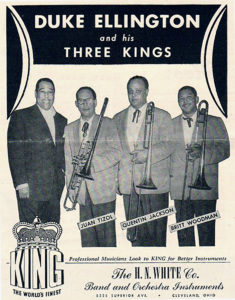
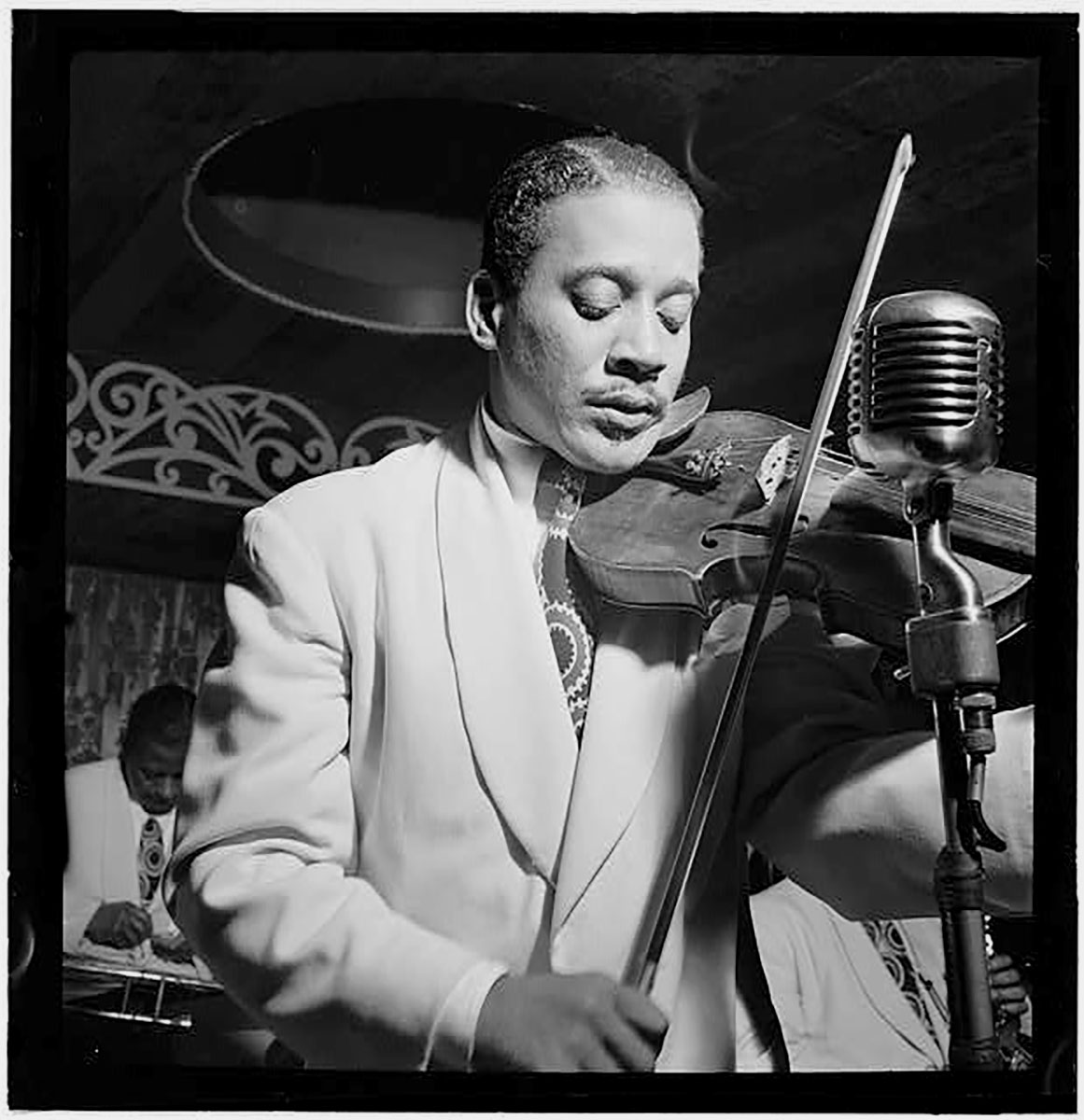
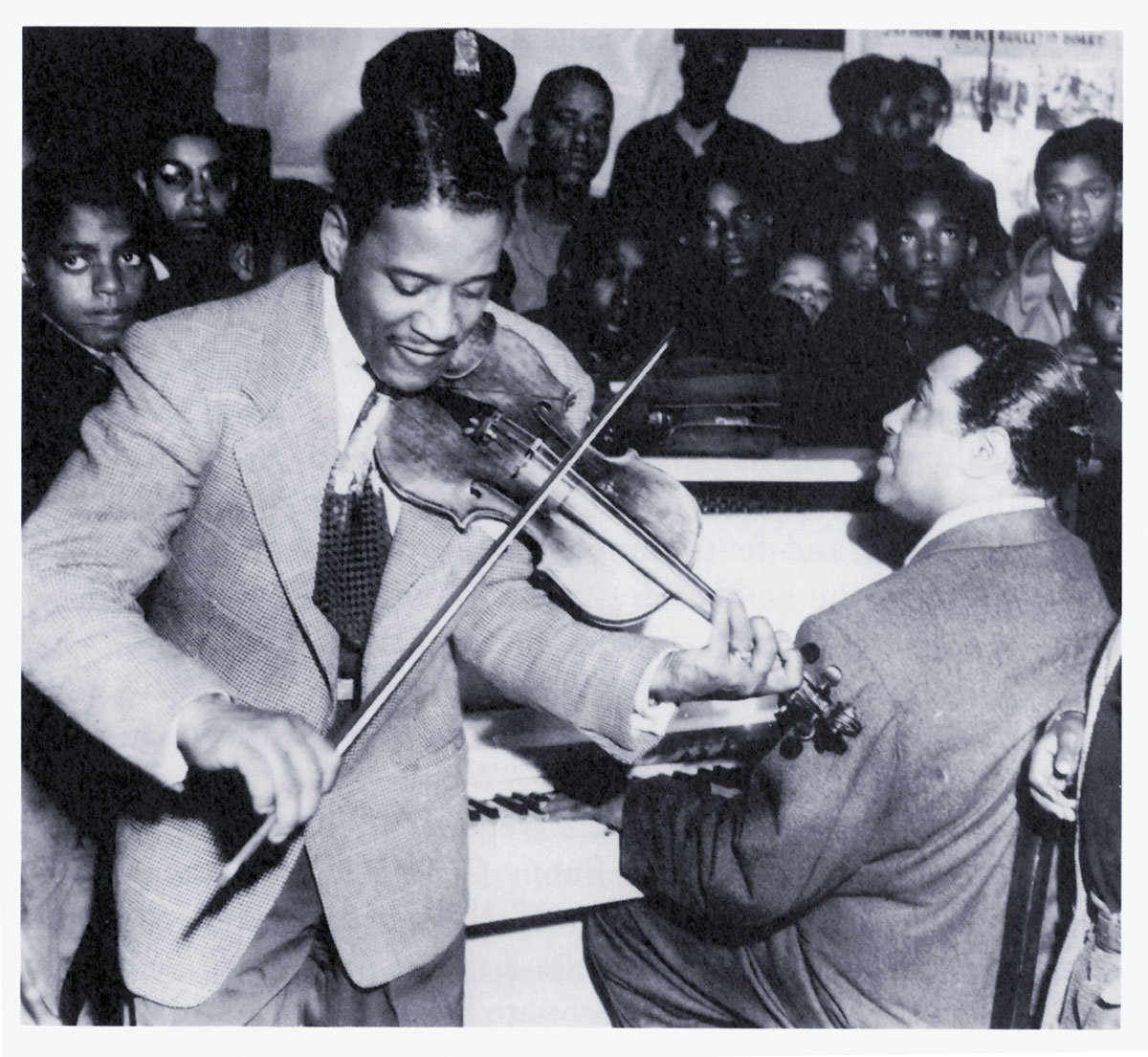
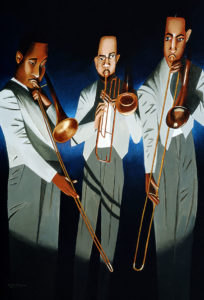
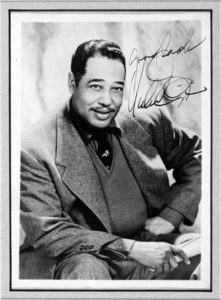

Further exploration:
Duke Ellington Official site:
http://www.dukeellington.com/home.html
Fargo Concert – Wikipedia:
https://en.wikipedia.org/wiki/Duke_Ellington_at_Fargo,_1940_Live
Ellington at Jazz Rhythm:
http://www.jazzhotbigstep.com/19422.html
Some great Music from the Duke! Thank You, Dave!
David,
Great historic videos of the great Duke.